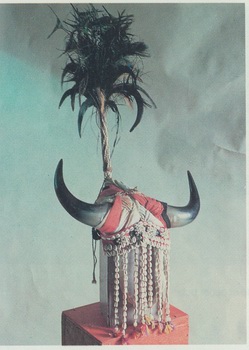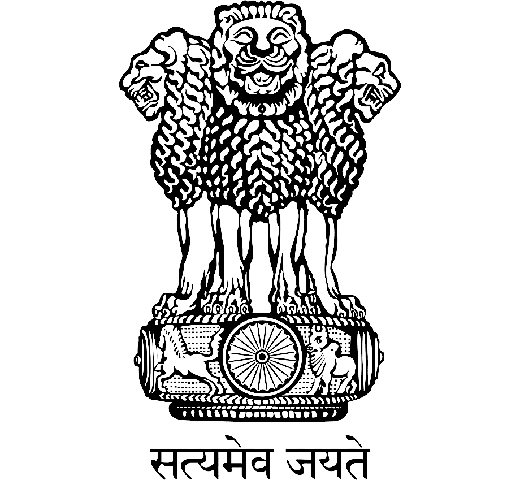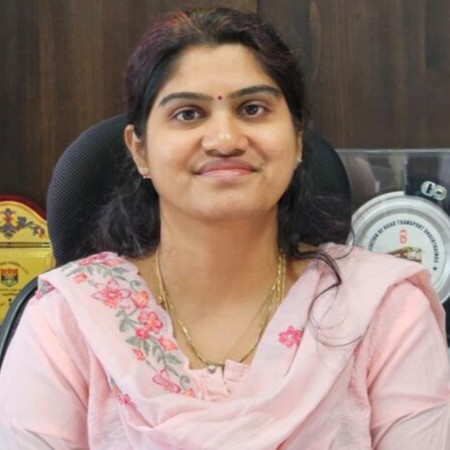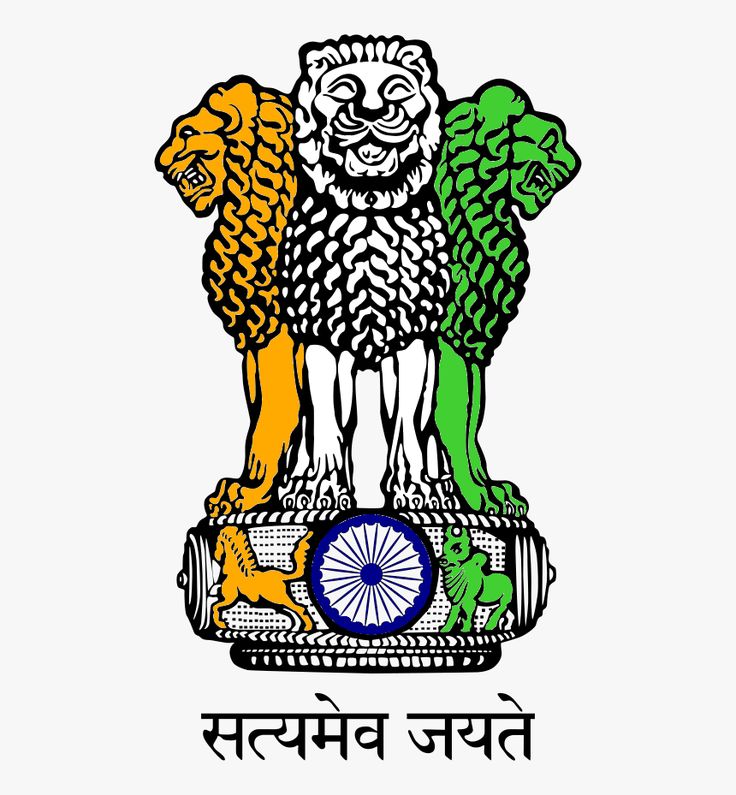Mask
Masks are of special significance in tribal culture they are used during dances.
Colours play a vital role in these masks. They are coloured in the typical tribal fashion where each colour has a special significance. In certain types of masks, red colour is not used while in the other types, blue is avoided. Black is not used in blue masks but yellow is applied to the hair.
Dances in which these masks are used, have a religious base. Through these dances, tribals try to remember the qualities of various animals with whom they come into contact and express their affinity with the animals. Similarly, remembering the qualities of the dead tribals is also an integral part of the tribal culture. Tribals worship their dead through these dances. They believe that spirits reside in all animate and inanimate objects. It is their belief that the spirits of the dead keep a watch over them. They also believe that spirits reside in these masks and influence the behavior of the wearer accordingly. Because of this belief, old masks are ceremoniously destroyed every year. The spirit enters the new masks only after the old ones are destroyed
In recent times, due to the contact with the outside world, tribals too have started telling stories of epics like "Ramayana" and "Mahabharata". But they do not call this art "Rasa" or "Rasaleela", instead, they express these episodes through their traditional dance form like "Bhavada" or "Dandar". "Bhavada" is a group dance where a tribal is alloted a specific part. Particular families are privileged to do a particular kind of mask. The male members of the family are expected to paint and decorate the mask. Masks of the "Bhavada" dance are made of wood, cowdung, clay, rice-husks and paper.
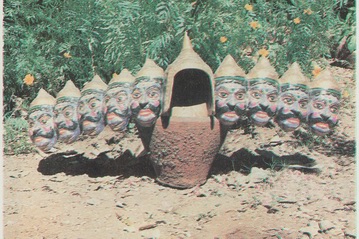
Ravana
A mask made up of paper pulp
Gavyachya Shingacha Mukut
A festive mask used by the "Madia Gonds" for special dance.
